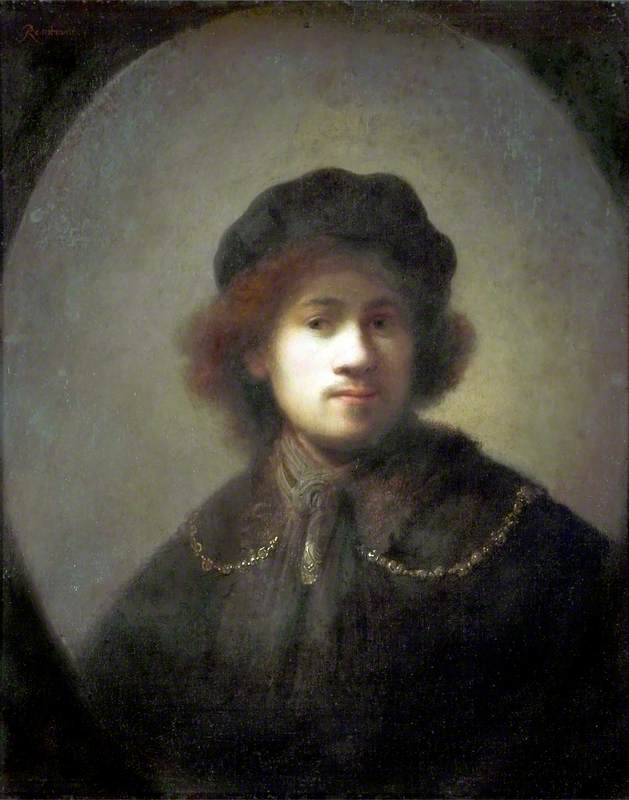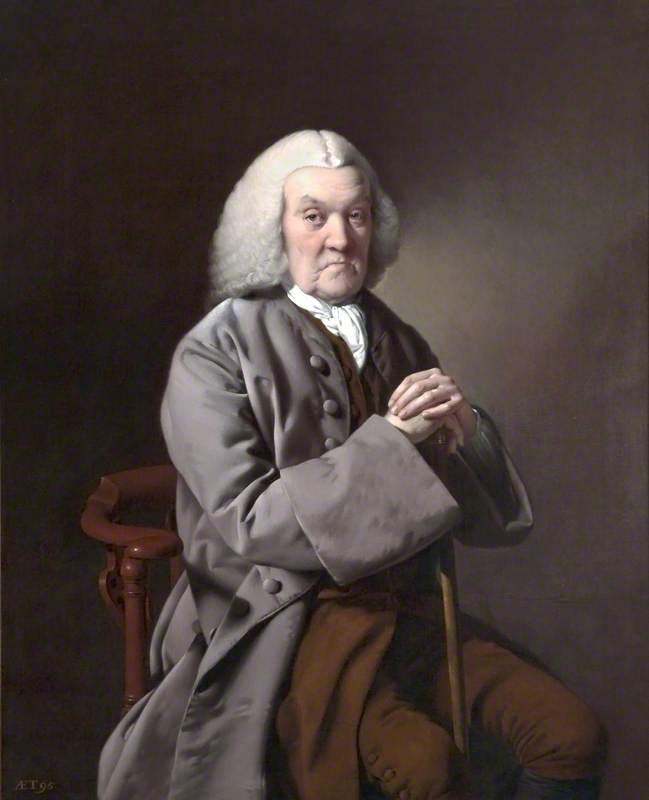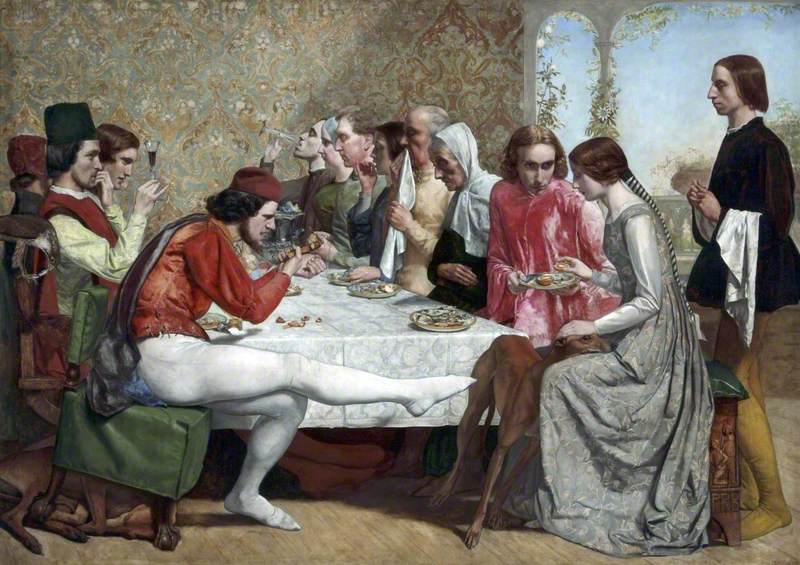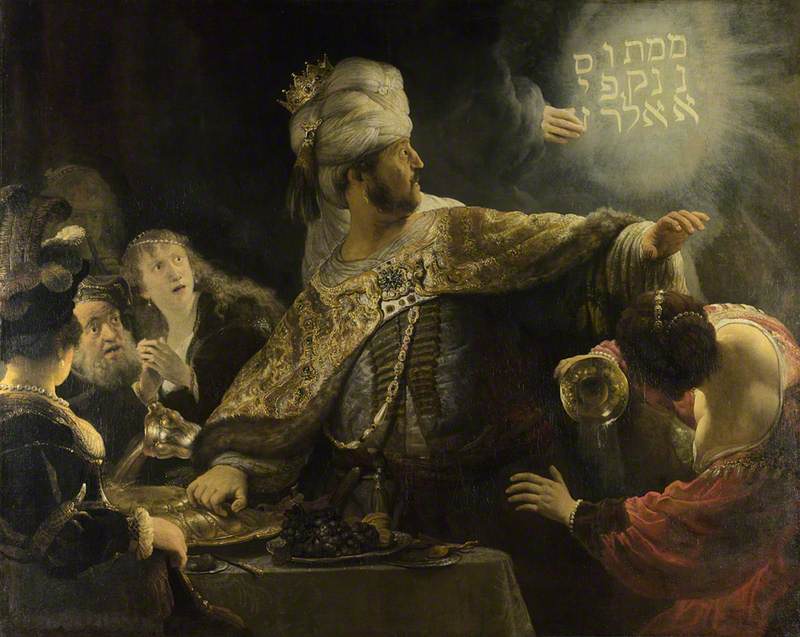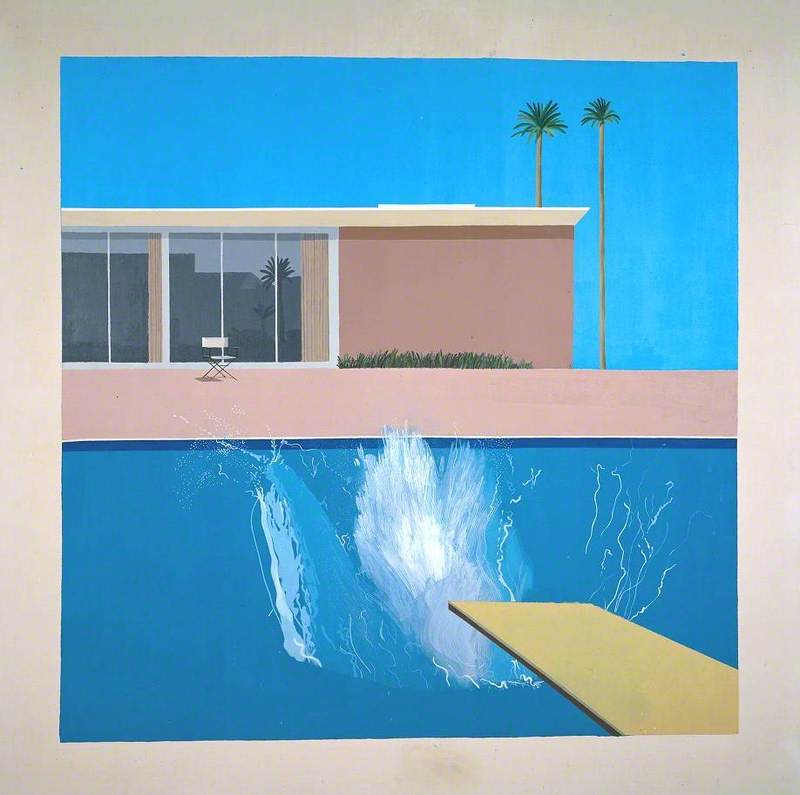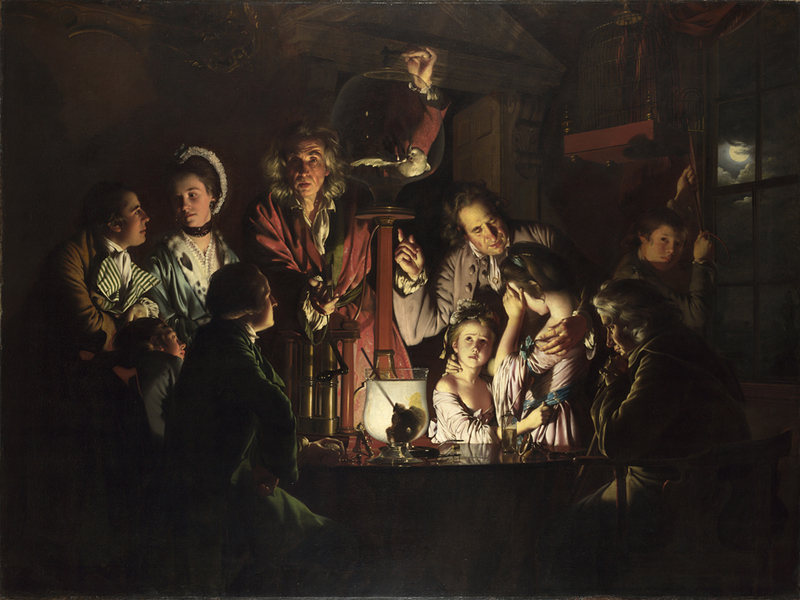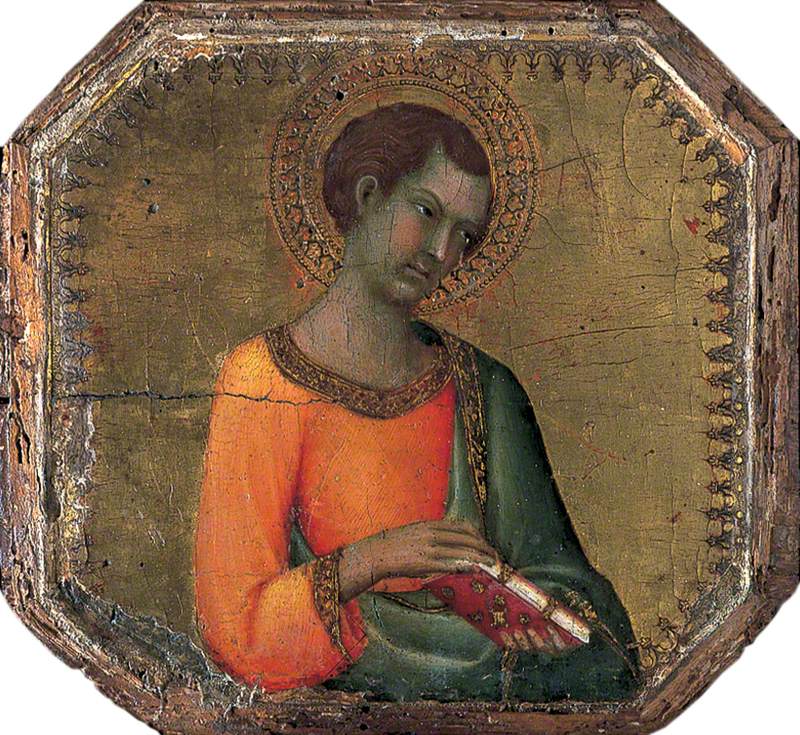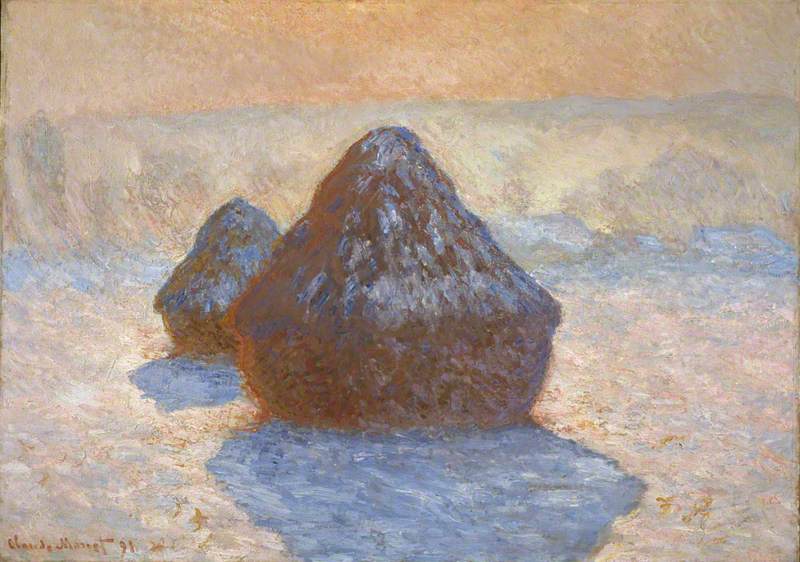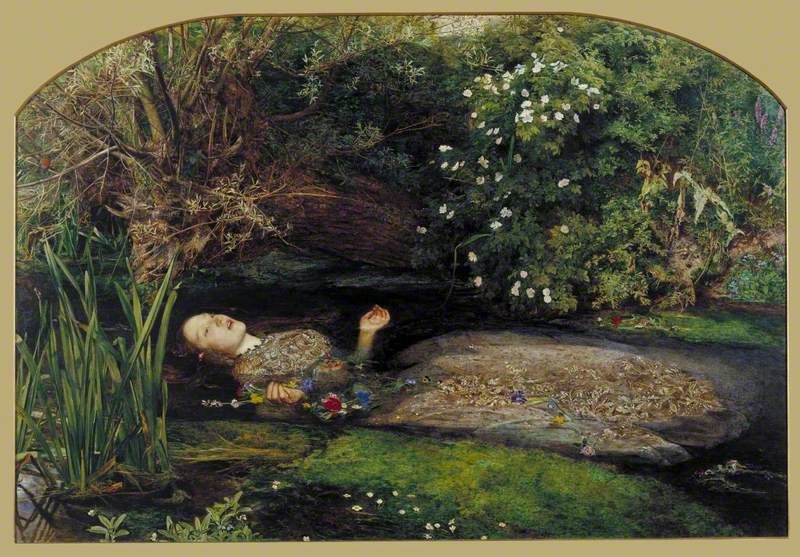The Walker Art Gallery houses an internationally renowned collection. It is one of Europe’s finest galleries, with a collection that ranges from outstanding modern and contemporary works to Medieval and Renaissance masterpieces.
Some of the greatest British artists of the last century are represented in the modern and contemporary galleries, while its Pre-Raphaelite and Impressionist collections are not to be missed.
Art Unlocked is an online talk series by Art UK in collaboration with Bloomberg Philanthropies. This Curation is based on a talk by Sandra Penketh, Executive Director of Galleries & Collections Management at National Museums Liverpool, on 19th January 2022. You can find a recording at: https://youtu.be/49DkerI9xR4
-
Christ Discovered in the Temple 1342
The scene represents an episode from the Bible. Christ, twelve years of age, had accompanied his parents on a visit to Jerusalem for Passover. He went missing and was eventually found in the Temple debating with the teachers. When challenged by his parents he replied simply that he was doing his father’s work. This picture was painted, probably for private devotion, while Martini was in Avignon, France, working at the exiled papal court. The sumptuous colour, gold, linear figures, and decorative style are typical of Gothic art. However, Martini also introduces a wonderful sense of human drama. This work was once owned by Liverpool lawyer and Radical politician William Roscoe (1753–1831), who promoted the value of arts patronage.
Simone Martini (c.1284–1344)
Tempera on panel
H 49.5 x W 35.1 cm
Walker Art Gallery
-
Portrait of the Artist as a Young Man c.1630
Rembrandt painted numerous self-portraits throughout his life giving us a fascinating insight in to his physical and psychological state. Here the young Rembrandt, about 24, presents himself as assertive, successful, good humoured. He also uses the painting to explore the effects of light, unusually hiding the eyes in shadow so that we must work to decipher the expression. This painting was the first by Rembrandt to enter a British collection. It was presented to King Charles I in the early 1630s by one of courtiers, remaining in Whitehall until the sale of the royal collection after the King’s execution.
Rembrandt van Rijn (1606–1669)
Oil on panel
H 69.7 x W 57 cm
Walker Art Gallery
-
Richard Gildart (1673–1770) 1768
Richard Gildart (1671–1770) was a slaver who owned at least three ships. He used them to transport thousands of people kidnapped in West Africa to Virginia in North America and to the Caribbean. They were then sold and forced to work as enslaved labour on sugar or tobacco plantations. Gildart became a leading figure in Liverpool being MP between 1734 and 1754 and Mayor three times. His political power shows how the Transatlantic Slave Trade was central to Liverpool, its economy and development in the 18th century. Wright of Derby was a highly accomplished portrait and landscape painter. He worked in Liverpool between 1768 and 1771 where he had great influence on the local art scene as well as helping define taste in the growing city.
Joseph Wright of Derby (1734–1797)
Oil on canvas
H 125 x W 100 cm
Walker Art Gallery
-
Isabella 1849
This is the first picture painted by Millais after he formed the Pre-Raphaelite Brotherhood with friends in 1848. The scene is based on the poem by John Keats, which drew its inspiration from a medieval story by the Italian writer Boccaccio. Isabella fell in love with Lorenzo, a poor apprentice, much to the anger of her brothers. They murdered Lorenzo but Isabella found his hidden body, cut off his head and buried it in a pot of basil. Millais uses symbolism and gestures to help tell the story. The fine detail and jewel-like colours were inspired by early Renaissance painting. Family, friends and colleagues were the models for the people at the table, including Dante Gabriel Rossetti who is drinking from a wine glass.
John Everett Millais (1829–1896)
Oil on canvas
H 103 x W 142.8 cm
Walker Art Gallery
-
Break-Up of the Ice on the Seine, near Bennecourt 1893
This is one of Monet’s series of paintings completed in the 1890s where the same view of a subject was painted at different times of day and in different seasons. It shows the River Seine in Northern France near to Giverny Monet’s home, probably in February. The work done on the spot, was supplemented by re-working in the studio. The wonderful use of a harmonious colour palette and expressive brushstrokes work together to create a sense of a wintry morning or late afternoon with the flow of the river as the ice breaks and moves.
Claude Monet (1840–1926)
Oil on canvas
H 65 x W 100 cm
Walker Art Gallery
-
Peter Getting out of Nick's Pool 1966
This is one of a series of paintings on the theme of the Hollywood swimming pool that Hockney worked on while he was teaching at the University of California in Los Angeles in 1966. It shows his boyfriend Peter Schlesinger getting out of the pool of art gallery owner Nick Wilder. The painting reflects the format of a polaroid photograph but is not a direct transcription, it is a composite view. Hockney used an image of Peter leaning against a car for the central figure. The regular diagonal lines on the windows recall graphic design techniques and the sinuous lines in the pool are borrowed from art nouveau decoration. This painting won the John Moores Liverpool Exhibition 6, now known as the John Moores Painting Prize, in 1967.
David Hockney (b.1937)
Acrylic on board
H 152 x W 152 cm
Walker Art Gallery

